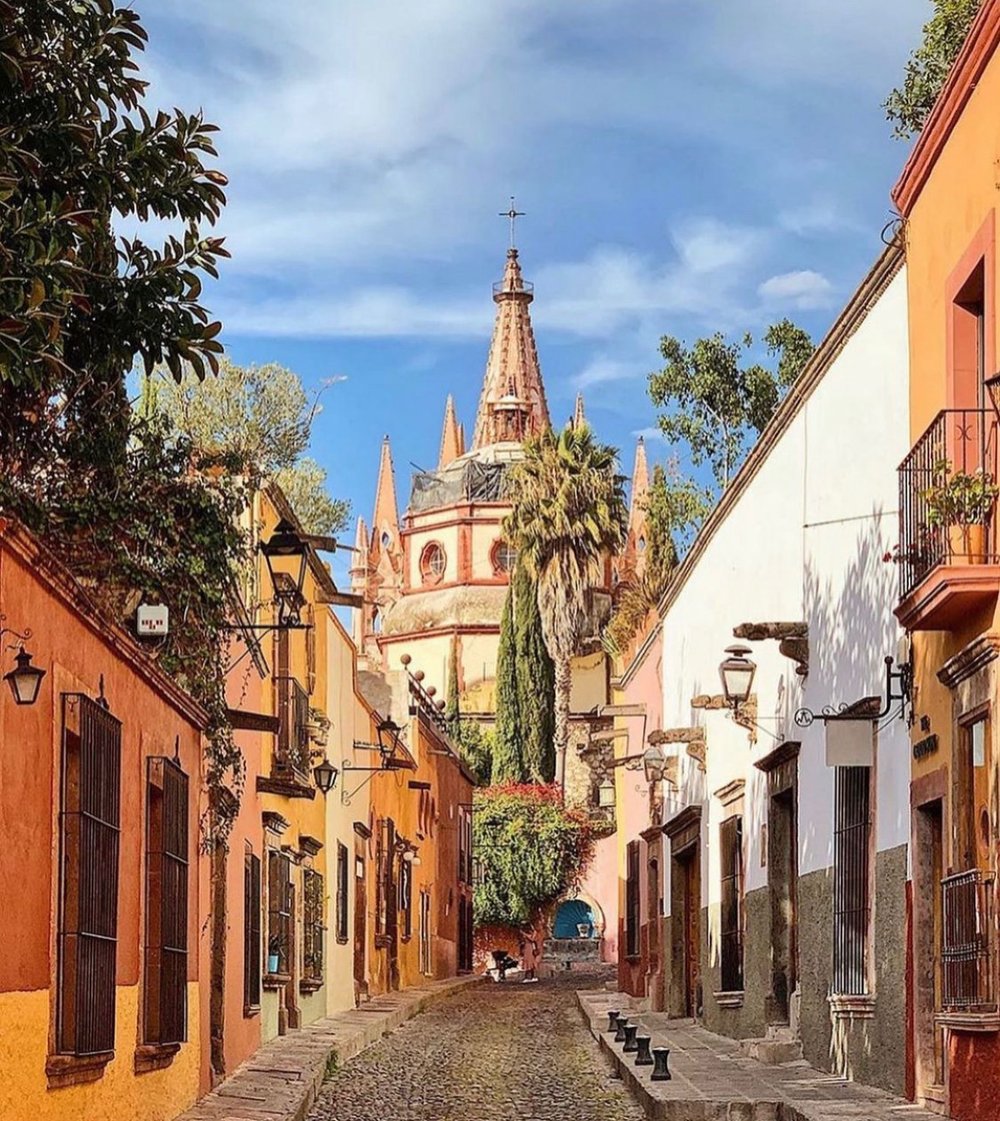
How many times have you wished you had the chance to bring a loved one back from the dead, even for just one moment? What if you could?
In Mexico, we have this chance every single year, and it means there is no time for sorrow. Only fiesta.
Each year, beginning at the stroke of midnight from October 31st to November 2nd, thousands of Mexicans celebrate Day of the Dead.
Families come together from all walks of life to set up an altar de los muertos (day of the dead altar), to honor those who have passed.
Sure, these altars may vary in shapes and sizes, but no matter how big or small, they always come down to the same meaningful elements––photos, favorite food and drinks, candles symbolizing the souls that return, cempasúchil flowers, papel picado, pan de muerto and a dog to guide them on their journey.
In 2019, the Anahuacalli museum in Mexico City dedicated their altar to Frida Kahlo and Diego Rivera’s love story. The love story of The Elephant and the Dove.

shop glassware


Complex, passionate, and intense, the two shared a fierce connection that transcended life through their legacy.
Enter stage left: Jean Paul Gaultier, alongside Karla Niño de Rivera, and a team of talented artisans created a dreamlike setting to welcome the couple back for another feast.

Embellished by hundreds of flowers and garlands of cempasuchil, a banner held by doves reads, “Diego, my child”––exactly how she lovingly addressed him in her letters all those years ago. The same letters that Gaultier placed on the altar, resulting in a work of art as surreal as their paintings.
While the prehispanic stone figures that Diego admired guard the entrance to the ‘Mictlan’ or ‘The Underworld’ and the walls of the museum.
When visitors look up, they could see colorful papel picado which aligned similar to the layers of a tulle skirt––perhaps like the ones Frida once wore.

shop jewelry

Gaultier first fell in love with Frida’s style and art when he was introduced to Madonna’s private art collection, which includes Kahlo’s Self Portrait with Monkey from 1940 and My Birth.
This experience eventually inspired the fashion designer to dedicate his 1998 Fashion Week Collection in her honor. The runway models channeled Frida’s style by sporting unibrows, men’s suits, flower crowns, and oversized earrings.

Not one single detail was out of place. Traditional masks, clay figures and candles lay upon a ribbon rosette fabric, making it clear that Frida and Diego both loved Mexican folk art.
Gaultier also added some personal elements to the altar: lots of white and blue striped sugar skulls specially crafted by artisans just for the occasion, a corset on one side and his iconic striped jumper on the other. The final touch, a photo of his grandmother so she could also crash the fiesta.
“For us in the western world, death is sad and final. However, Mexicans celebrate death and their loved ones that passed, with joy. It is a celebration of life and a day of remembrance, what is not to love?” – Jean Paul Gaultier told Vogue Mexico.
Frida also knew death very well. She first befriended mortality after the accident that marked her life at eighteen years old. On her way home, the bus she was traveling on crashed with an electric streetcar. This caused a metal handrail to smash her pelvis, pierce her belly and womb. During the months she spent recovering in bed, she beautifully transformed and channeled her pain into art.
“I have suffered two grave accidents in my life,” Frida once admitted, “One in which a streetcar knocked me down…The other accident is Diego.”
Twenty-nine years after her accident, death sat beside Frida’s bed once again. Yet she continued to paint, in spite of her deteriorating health.
Almost until her final breath, the paint brush never left her hand. During her last days as death hung over her head, she painted ‘Viva la Vida’. Her final love letter, but this time it was dedicated to life.

shop candles

“July 13, 1954 was the most tragic day of my life. I had lost my beloved Frida forever. Too late now I realized that the most wonderful part of my life had been my love for Frida.”
— Diego Rivera (Source: Stern, E. M. (1988). Psychotherapy and the Creative Patient. United States: Haworth Press.)
other posts you may love...
Book a Free Travel Consultation
Mexico in My Pocket has just launched a new consultation service for anyone looking for some help planning their next Mexico vacation. Our goal is to create a custom itinerary that will give you incredible memories!
schedule your call today!


















Leave a comment